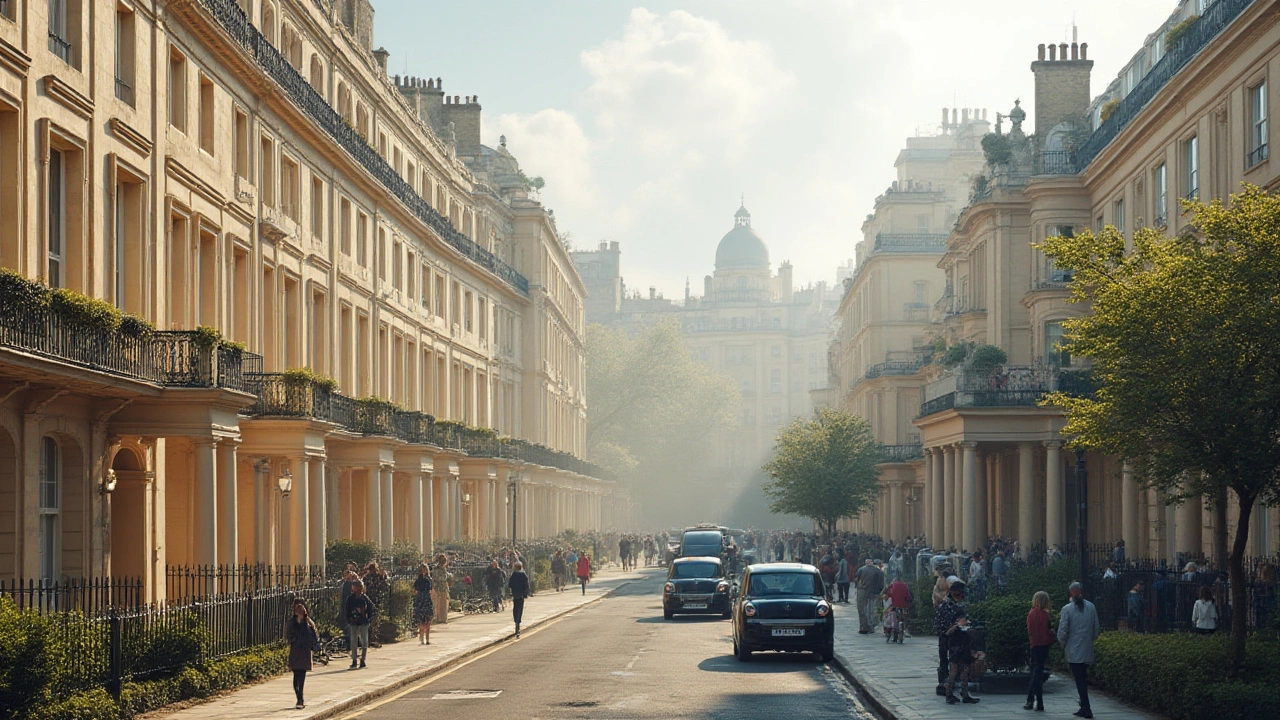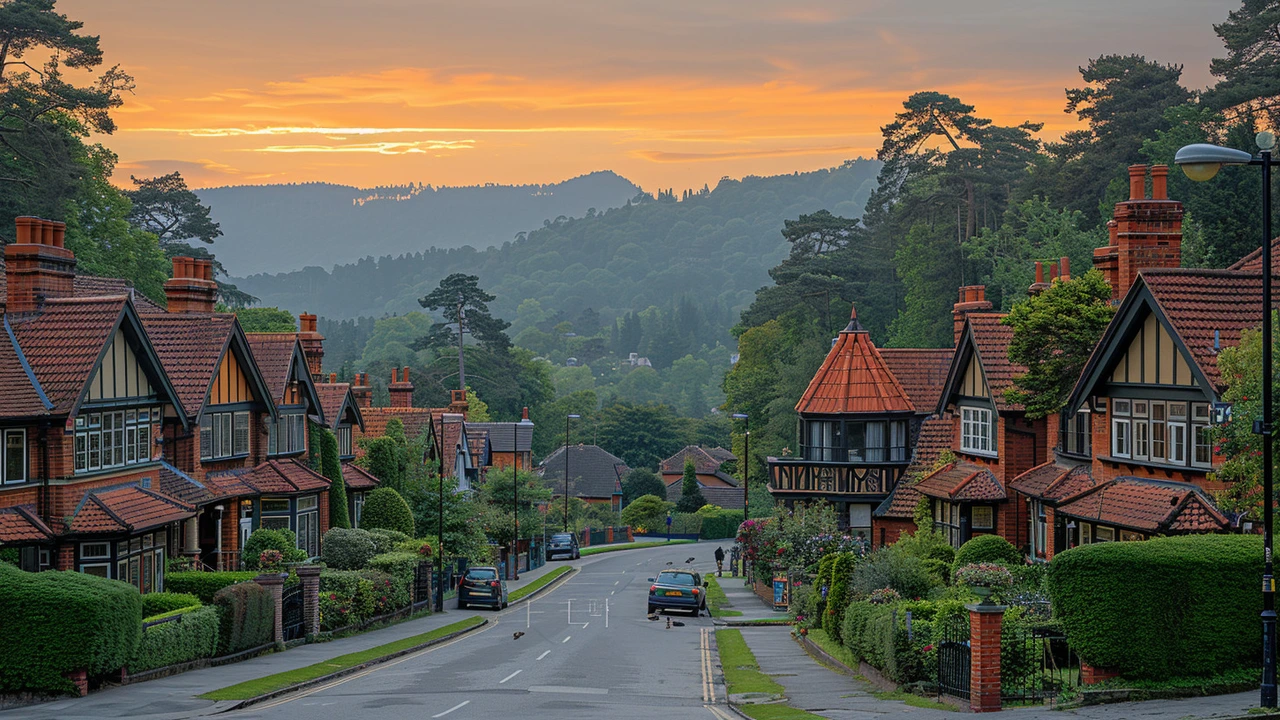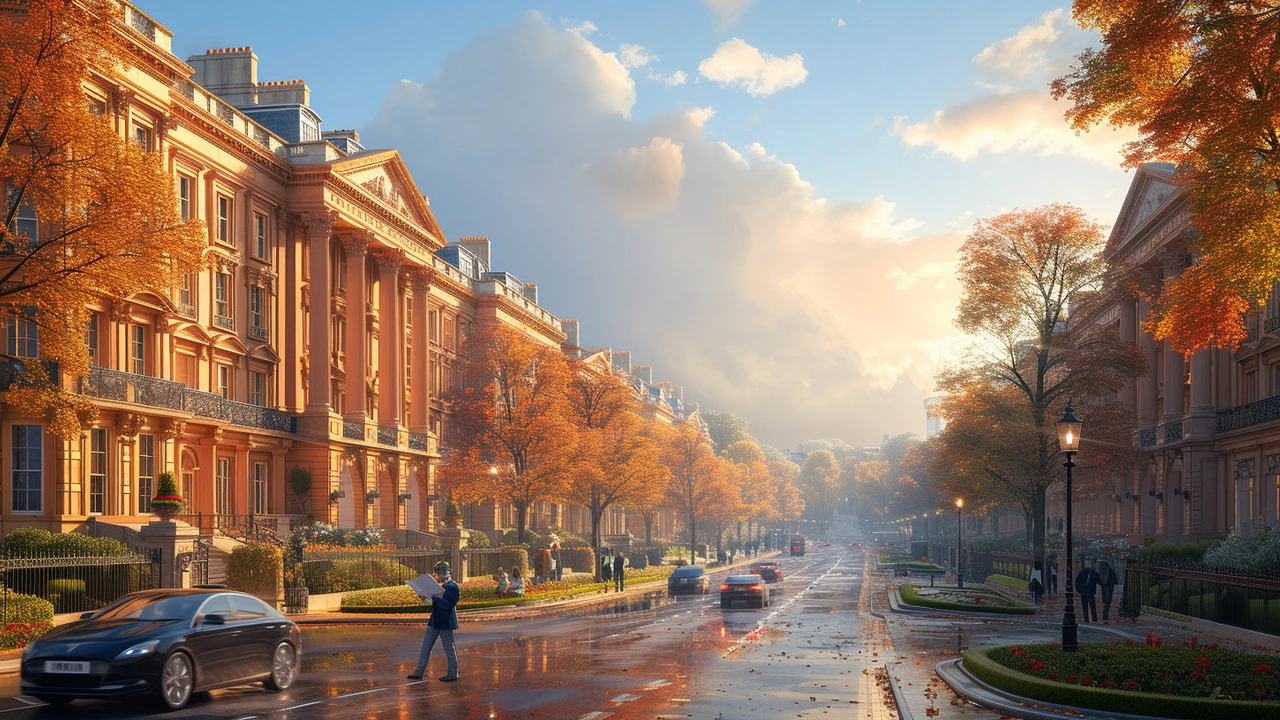City planning: read your city like a map of choices
More than half the world now lives in cities, and the way streets, parks, and buildings are laid out changes how we work, meet, and move. City planning isn't just about rules on paper — it's the visible result of design decisions made over decades. If you want to understand why a place feels lively or lifeless, start by looking at its bones: blocks, transit, public space, and the buildings that define them.
Good planning balances function and character. Ancient Roman aqueducts and roads show how infrastructure supports growth. Renaissance squares and Beaux-Arts boulevards show how form creates civic life. Modern movements — from Functionalism's social logic to Postmodernism's playful forms — remind us that each era solves different problems. Studying architectural styles gives planners clues: where to preserve, where to adapt, and where to build fresh.
What to notice on a short walk
Want a quick urban diagnosis? Try this: count block lengths, note where shops meet homes, and time how long you wait for a crosswalk. Short blocks and mixed-use buildings usually mean more walking and local shops. Big, fenced-off blocks with single-use buildings often kill street life. Look for green space within a five-minute walk, clear bus or tram stops, and whether sidewalks are wide enough for two people to pass comfortably. These small observations show whether planning supports daily life.
Historic styles matter here. Greek Revival facades and Gothic Revival spires often anchor civic squares that still host markets and protests. Beaux-Arts planning favored grand axes — think boulevards that connect landmarks — which can guide modern renewal. When planners keep those strong civic pieces, new infill can add density without losing identity.
Practical tips — how residents can influence planning
1) Learn the zoning basics: find your local map and note where mixed-use is allowed. That tells you where shops can survive tomorrow. 2) Join a neighborhood meeting or sign a petition on a specific project — planners pay attention to organized resident voices. 3) Push for small things that change daily life: more benches, pedestrian crossings, bike racks, or tree planting. These are cheaper and get visible results. 4) Support adaptive reuse: converting an old Beaux-Arts bank into housing keeps character and saves carbon. 5) When developers promise “culture” or plazas, ask for maintenance plans so public space doesn't become private in practice.
City planning is a long game, but everyday choices add up. A well-placed park, a restored facade, or a bus route can shift how a block works for decades. If you're curious, read the articles tagged "city planning" on Macklowe Art & Architecture — you'll find concrete examples from Roman engineering to modern revival styles that show planning in action. Walk your city with a question: what choice made this place feel the way it does? The answer will point to the next change you can push for.

Georgian Architecture Influence on Modern Urban Design: A Deep Dive
Explore how Georgian architecture shaped city layouts, building styles, and community planning. Learn about its history and lingering impact on today's urban spaces.
Read more
Exploring Dutch Colonial Revival Architecture in Modern Urban Development
Dutch Colonial Revival architecture has left a distinct mark on urban development, combining quaint historic charm with practical modern needs. This style, characterized by its gambrel roofs and symmetrical designs, often integrates seamlessly with contemporary urban planning. The article delves into the historical origins, key features, regional variations, urban impact, and preservation efforts of Dutch Colonial Revival architecture.
Read more
Exploring Georgian Architecture's Impact on Urban Landscape Design
Georgian architecture has played a significant role in shaping the urban landscapes of cities around the world. This article delves into the history of Georgian architecture, its defining characteristics and how it has influenced modern urban landscaping. Readers will gain insights into the elegance and functionality of Georgian design elements, and how these have been adapted in contemporary city planning. The article also highlights the importance of preserving Georgian architectural heritage in urban environments.
Read more